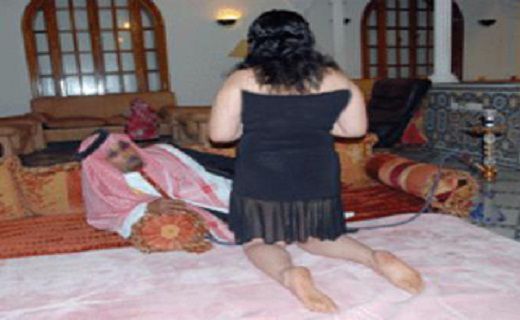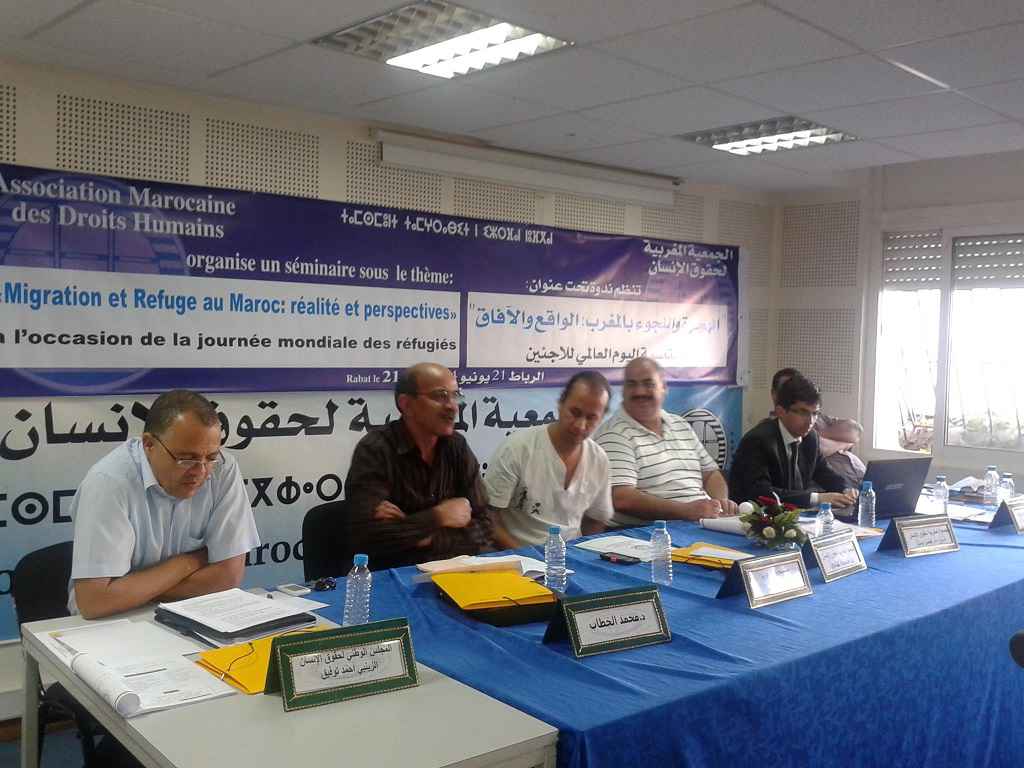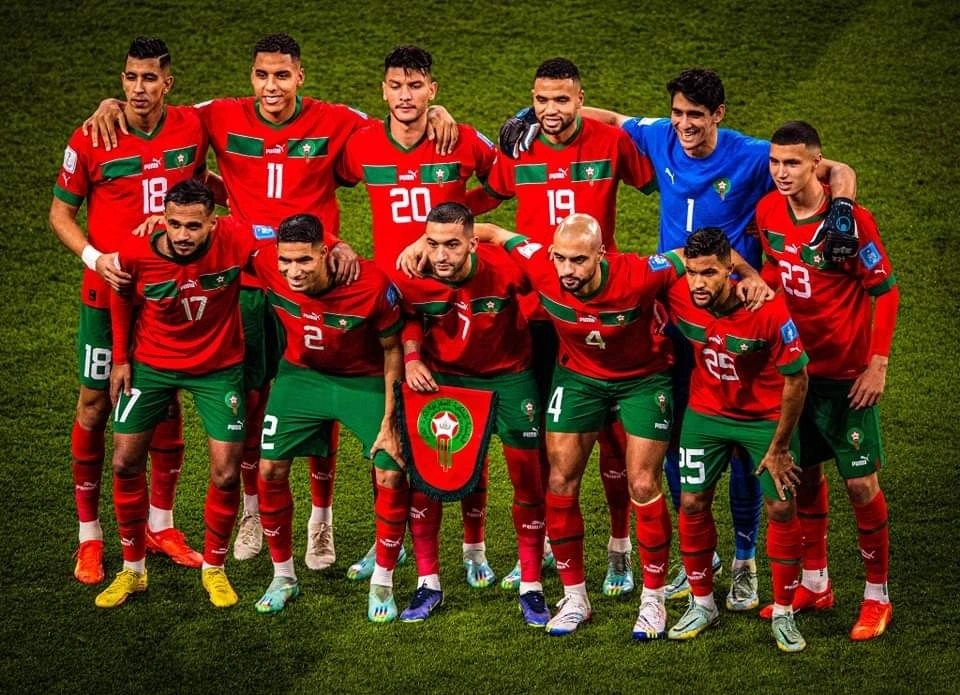We ended the first article on protest suicides with a question why Fkiri, Mmi Fatiha and El-Kanouni committed protest suicides though in Fikri’s case, it is not clear yet whether he was crushed deliberately following the order of a police agent under the compactor of a garbage truck, which sounds like “a state crime”, or it was a mere accident. Let us make it clear that the operation of starting the compactor of the truck needs the cooperation of two workers, the driver to turn on the electricity button in the cab and his assistant to pull the lever at the back of the truck. Apart from these details which the ongoing police investigation may unveil, Fikri’s step convinces us that he took a decision to sacrifice himself for the sake of his own merchandize. He could not patiently bear the sight of the extravagant dissipation of his capital in the form of swordfish stock pulverized in a garbage truck in front of his eyes.
In all these cases of protest suicides mentioned before, there is a theatralization of abusive power by the local authorities either through verbally humiliating the self-sacrificed citizens or by confiscating their goods in public through the use of excessive force as journalistic reports read. Such encounters at present often result in bilateral clashes between citizens and agents of authority as a consequence of the changing political environment after the advent of the Arab Spring when common people started public complaint and overt challenge against the allegedly aggravated signs of abuse of authority by calling together collective cries against what they term humiliation (hogra).
Mmi Fatiha, the cake seller in Kenitra, who long manifested against shantytowns, and obtained a share in economic dwelling offered by the King, would later transfer her protest potential into self-immolation outside the qaid’s office protesting against being degraded and oppressed in public by the qaid and his assistants. She sent a strong message to the rest of society to correct a wrong epitomized in the qaid’s moody violent behaviour towards street vendors. Sometimes, we hear about qaids who ask for tribute (itawa) from street vendors who are allowed a small space to use for their trade, and sometimes there are official campaigns to chase the vendors away, which often entails violent confrontations.
In a heart-aching scene video recorded from an inside position within the qaid’s administration premises in Kenitra–very strange that the video shows the agents of the authorities as watchers of disaster– there comes a very young innocent boy to rescue the body of an adult woman in flames by spontaneously fighting the blazes of fire while another passer-by uses a blanket to extinguish the fire, and then covered the body wriggling in pain. Mmi Fatiha died from the deep burns scarring her body; she departed in pain and humiliation but she carved her body into a word of protest stirring the sense of guilt in her opponents, and inspiring solidarity in social movements against hogra.
Fikri also was harshly treated by the local authorities. Was it the famous speech act, the verbal assault/ command “crush his mother(fucker)!” that sandwiched his body in a garbage truck and terminated his life instantly? Who vociferated the command, or was it ever articulated? Apart from doing things with words, we have to acknowledge the fact that Mouhsine witnessed the confiscation of his wares in front of his eyes. How can he stand as a detached onlooker renouncing his capital to a garbage truck which will crush his fresh expensively commodified swordfish-load into powder waste, even cats cannot use for their protein intake. How come and the Moroccan masses cannot trespass the threshold of sardines purchase? Unbelievable! The whole scene looks surrealistic!
It was obvious that Fikri would not grasp this medieval mechanism of law enforcement, destroying an expensive fish-load in public in front of its owner to humiliate him and set him as an example of fraud while Moroccans at the bottom of social space cannot afford to purchase Bonita fish. The local authorities improvised a drama that resembled the eighteenth century liturgies of punishment to terrorize over the population of fish traders, warning them against a similar conduct.
This is not an orphan isolated example on the Moroccan social political scene, which drives us to ask the question why Moroccan local authorities resort to public display of power to manifest the truth of the law. The exhibition of “justice” in the case of Fikri was not an innocent judicial act but a ceremonial political ritual by which the power of the Makhzen is overtly manifested, and thus designed to validate the rights and legitimacy of its enforcement. The liturgy of fish torture, targeting to crush the owner by proxy, sends Mouhsine and the standing-by crowd of onlookers a message that the truth of the unrestricted power of the Makhzen restored through this punishment ritual is as complicated as any other liturgy, and imbued with the symbols and intentions of excessive force to make a specific point: that if you cross the law, you are personally crossing the Makhzen, the monarch, and you will be punished.
The public wreckage of Fikri’s goods is not so different from the public executions that took place in medieval times. In the past, the executions were physical. At present, they are symbolic executions. What does it mean to destroy the capital of a fishmonger in front of his eyes without giving him the least chance to defend his case, or conduct impartial investigations involving the parties implicated in fishing the banned type, and the fishery officials who falsified the papers to authorize its selling inside the port of al-Houceima?
The destruction of the goods and the humiliation of their owner in public either verbally or through symbolic gestures is reinforcement of both judicial and political power through a public act of terrorism upon the lawbreakers. The question we ask the Moroccan state is: how does it define power? Is power repressive or productive? Does power exclude, repress, censor, mask, conceal or produce power subjects?
The Western world has already interred the ancient repressive conception of power with its liturgies of torture and public display of punishment inflicting pain on the body to terrorize over the rest of society. Hanging people in public squares or beheading them and hanging their head for public display are outdated scarecrow modes that can only engender public indignation and fury nowadays.
Power is productive in the sense that now it does not work through public exhibition of punishment but through surveillance and discipline. It evokes the concept of the panopticon, a prison house design where the prisoners feel they are observed by the inspector in the watchtower even if their surveillance is discontinuous in its action. The major effect of the panopticon is conscious and permanent visibility of power to assure its automatic functioning.
In the panopticon, the actual exercise of power is unnecessary. Subjects of power are inscribed by its discourses and ideologies. According to Foucault, Bentham’s panopticon illustrates a historical shift from the eighteenth century onwards in methods of social control. Instead of spectacular punishment and display of power, the establishment enforces norms of behaviour through surveillance and discipline. Panpoticism has been transmitted to technologies of surveillance in contemporary societies. In UK, for instance, 4.2 million CCTV cameras, one camera for every 14 people, are set in public spaces as if the Big Brother is watching you.
Power has been dispersed through modern institutions to create a regime of truth legitimating its practice. It is no longer concentrated in legislature or GV but dispersed as Foucault maintains throughout institutions both governmental and nongovernmental. The social body is normalized through institutional segmentation. The school, prison, hospital, media are codified contexts that structure and “docilize” bodies. Even the public space, the street is codified through competences, sports and games to structure subjectivities.
Justice is severed from punishment. Specific penal institutions have been established to hide where justice is performed. The body is no longer the locus of pain and physical torture but caught up in a system of constraints and privations, obligations and prohibitions. Executions are replaced by an army of technicians, psychiatrists, doctors, social workers, lawyers, educationalists, etc. It is the scientization of power. The world has moved from torture to educational reform. When we talk about power, we do not mean the power of the presidency or the sovereign but the everyday use of power.
What we witness in the cases of Mmi Fatiha and Mohsine Fikri is a regime of power operating at the grass-roots level by using the eighteenth century mode of liturgies of punishment. The attempt to destroy Fikri’s fish-load in public, and the alleged humiliation of Mmi Fatiha and el-Kanouni in the market place are all executive gestures that do not preserve the integrity of the individual and safeguard his dignity. The three suiciders have retaliated in pain and suffering to such instances of hogra.
The sense of humiliation felt by the alleged miscreants does not come from the administration of the law but from the theatralization of power while implementing the law. The law should be enforced but the ritual practice of power and its ceremonial theatralization should be avoided to save plebeian lives. Let us remember that the law should not be theatralized only against the weak and the helpless, especially that corruption is structural in society, and people know that some of those who infringe the law at the top of society may go virtually unchecked–needless to refer to social anomie owing to unemployment and other social ills. Besides, instead of helping street vendors and organizing their trade, local authorities opt for a strange decision to punish them in public by confiscating their capital, and reducing them to economic nonentities. It is a too harsh destiny to send someone back to the streets penniless to start from scratch; this may only gear up and fuel protest suicides in the future.
Instead of intimidating citizens by the use of verbal or physical force, the Makhzanian establishment should modernize its ethics and styles of rule maintaining a solid democratic system of surveillance. Surveillance does not mean to spy on people through intelligence agencies but rather to structure them through discursive practices. When political power is dispersed and suffuses in many spheres, it becomes internalized by those whom it disempowers and thus it does need to be constantly enforced externally in liturgies of punishment. Social control is thus normalized.







